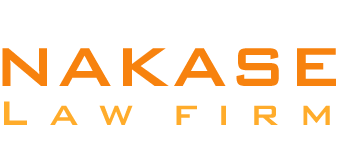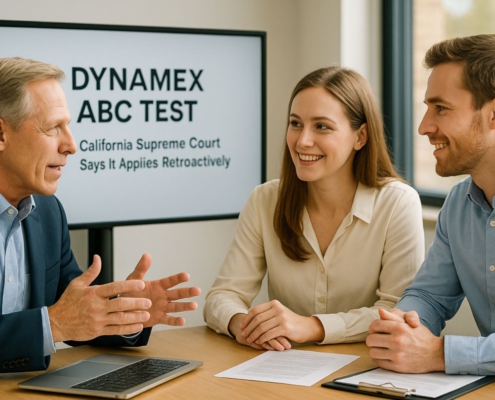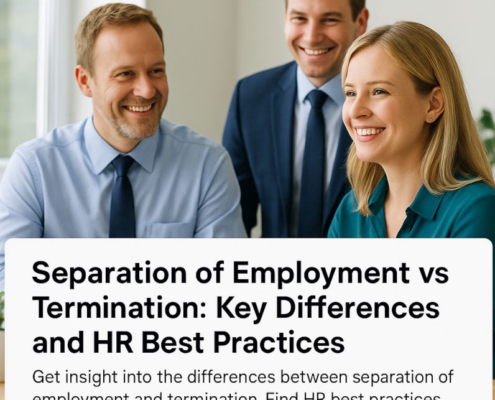Introduction
The California Supreme Court ruled in Vazquez vs. Jan-Pro Franchising International, Inc. on January 14, 2021, that the ABC criteria for worker classification developed in its seminal ruling in Dynamex vs. Superior Court are applicable retrospectively. The court utilized its argument that, up until 2018, the California pay orders’ designation of independent contractors remained an unresolved legal issue. Given the court’s earlier reasoning in the majority Dynamex case, few in the legal community were shocked by the ruling.
Dynamex ABC Test
The California Supreme Court declared in Dynamex that the ABC test should be used to determine whether an individual was an employee or a self-employed worker for the purpose of the California wage laws, overturning thirty years of precedent.
A worker is typically regarded as an employee according to the Dynamex ABC Test unless the purported employer can demonstrate that: (a) the individual being hired wasn’t in its control or direction in performing the duties in question; (b) the individual’s business activity was not in the hiring business’s usual way of operation; and (c) the worker had been customarily involved in a separate trade or business.
Practically speaking, the ABC test extends the meaning of employment to many people who had been categorized as independent contractors. Before the Dynamex ruling, the ABC test was never used in California.
According to the Constitution, laws are made by the legislature and then applied and interpreted by the courts. Because the statute already existed and the court is only explaining how it applies in a specific scenario, the majority of court rulings are therefore retroactive. Courts can go further and create legal standards to improve the practical implementation of otherwise confusing legislation when it is uncertain or unsettled.
Rarely, such a standard might not be expected, or the shift in course might go against public policy and justice for people who wanted to follow the law as it was originally understood. Courts may decide to make the new norm prospective only to mitigate the effects of these erratic developments.
Owing to the Dynamex ruling’s historic significance, numerous cases that were already proceeding through the legal system lacked direction regarding its retroactivity. Initially, the California Supreme Court rejected a request for reconsideration on the issue and refused to make any decisions regarding retroactive application.
AB 5
In the meantime, Assembly Bill 5 (AB 5) was passed by the California legislature, which applied the same ABC test employed in Dynamex to unemployment benefits, workers’ compensation, and the California labor code. The subject of the test’s retrospective effect for those reasons was resolved by AB 5, which was drafted to be explicitly prospective. However, the issue of the test’s retrospective nature with regard to wage orders remained.
Vazquez vs. Jan-Pro Franchising International, Inc.
The United States Court of Appeals for the Ninth Circuit then asked the state high court for its opinion on the matter of retroactivity in October 2019 through the case of Vazquez vs. Jan-Pro Franchising International, Inc. The court concurred this time.
The California Supreme Court used three sentences from two earlier rulings to support its designation of Borello as unclear law, even though the twenty-factor Borello test has been consistently applied to all kinds of independent contractor status issues since the matter was decided in 1989. Additionally, the court makes extensive use of the difference between the relevant criteria for pay orders and workers’ compensation.
The appeals court was able to insist that “businesses were clearly on notice” and the legislation was not settled by concluding that the proper standard for determining whether an individual is an employee or a freelancer for the purposes of overtime & minimum wage (compared to workers’ compensation) had not yet been decided until the Dynamex ABC Test. The state’s high court concluded that “The Dynamex ABC Test was within the limits of what companies reasonably may have predicted.”
Additionally, the California Supreme Court determined that Dynamex’s retroactive application was supported rather than undercut by concerns about fairness & public policy. The ABC test was developed and applied in California with the intention of extending the safeguards of the Labor Code to people who might have been contractors, as was mentioned in the Dynamex ABC Test. The court concluded that fairness & public policy advanced the cause of retrospective action based on this logic.
What does this imply for companies?
According to the applicable statute of limitations, the court’s decision only has an impact on cases involving claims of wage order violations that are already proceeding through the court system and cases of a similar nature that are submitted within the next twelve months or so. There are, however, exceptions for the sectors and professions defined by AB 5 and its predecessors, as well as the smartphone-based drivers and delivery professionals covered by the recently passed Proposition 22.
The Vazquez ruling will undoubtedly have a bearing on misclassification cases that are still pending, but the California Supreme Court’s unwavering support for its ruling, which completely changed California independent contractor law, may be the most significant takeaway from the case.































